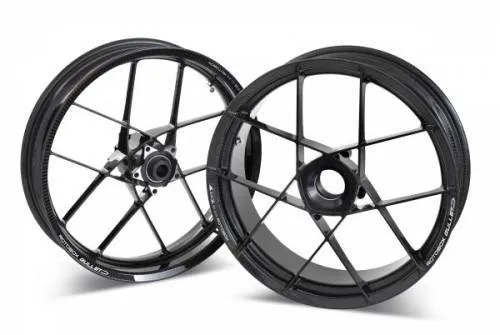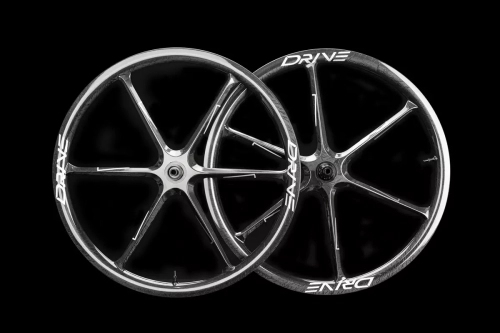Bike Rims: Uses and Manufacturing Process...!!!
The manufacturing process of bike rims is a blend of precision engineering and craftsmanship, resulting in high-performance wheels that enhance the riding experience.

Bike rims are an essential part of a bicycle's wheel, significantly influencing its overall performance, comfort, and durability. They come in a variety of materials, sizes, and designs, each suited to different riding styles and conditions. Let's explore the details of bike rims, their types, materials, and the factors affecting their performance.
Types of Bike Rims
-
Road Bike Rims: Designed for speed and efficiency on paved roads, road bike rims are typically narrow and lightweight. Their sleek, aerodynamic profile helps to reduce air resistance, allowing for faster rides.
-
Mountain Bike Rims: Built to endure the challenges of off-road riding, mountain bike rims are wider and sturdier than road bike rims. They offer better support for wider tires, enhancing traction on rough terrains and handling impacts from rocks, roots, and uneven surfaces.
-
Hybrid Bike Rims: Combining the features of road and mountain bike rims, hybrid bike rims strike a balance between speed and durability. They are moderately wide, making them suitable for various surfaces, including paved roads and light trails, and can accommodate a range of tire widths.
-
BMX Bike Rims: Specifically designed for BMX racing and freestyle riding, BMX bike rims are strong and sturdy. They are built to withstand high-impact stunts and jumps, often being smaller in diameter but wider to support thicker tires.
Materials Used in Bike Rims
-
Aluminum: The most common material used for bike rims, aluminum offers a good balance of strength, weight, and affordability. Lightweight aluminum rims improve acceleration and maneuverability while being resistant to corrosion, making them suitable for various weather conditions.
-
Carbon Fiber: Known for their lightweight and high-performance qualities, carbon fiber rims are favored by professional cyclists and enthusiasts who prioritize speed and efficiency. They provide excellent stiffness, enhancing power transfer from the rider to the wheels, but are generally more expensive than aluminum rims.
-
Steel: Less common today but widely used in the past, steel rims are heavy and durable, offering excellent strength for heavy-duty applications. Their weight can be a disadvantage in terms of speed and agility, and they require regular maintenance to prevent rust.
-
Magnesium: Relatively rare, magnesium rims are valued for their strength-to-weight ratio. They offer good durability and light weight but can be more expensive and less readily available compared to aluminum or carbon fiber rims.

Factors Influencing Bike Rim Performance
-
Width: The width of a bike rim affects its compatibility with different tire sizes and its performance. Wider rims provide better support for wider tires, enhancing stability and traction, especially on rough terrains. Narrower rims are lighter and more aerodynamic, ideal for road cycling.
-
Depth: Rim depth, or profile, influences aerodynamics and stiffness. Deeper rims reduce air resistance, making them suitable for high-speed road cycling. However, they can be heavier and more affected by crosswinds. Shallow rims are lighter and offer better handling in windy conditions.
-
Brake Compatibility: Bike rims must be compatible with specific braking systems. Rim brakes need a smooth braking surface, while disc brakes use a rotor attached to the hub. Choosing rims that match your bike's braking system is crucial for optimal performance and safety.
-
Spoke Count: The number of spokes in a wheel impacts its strength and weight. More spokes provide better support and durability, suitable for heavy riders or rough terrains. Fewer spokes reduce weight, enhancing speed and agility, which is desirable for racing and performance cycling.
-
Tubeless Compatibility: Tubeless rims are designed to work without inner tubes, offering benefits like reduced weight, lower rolling resistance, and improved puncture protection. These rims have a specific design to ensure an airtight seal with tubeless tires.
Bike rims are vital components that significantly affect a bicycle's performance, comfort, and durability. By understanding the different types of rims, the materials used, and the factors influencing their performance, cyclists can make informed choices based on their riding style and preferences. Whether you're a road cyclist, mountain biker, or BMX enthusiast, selecting the right rims can enhance your riding experience and ensure a smooth, enjoyable journey.
What's Your Reaction?

















